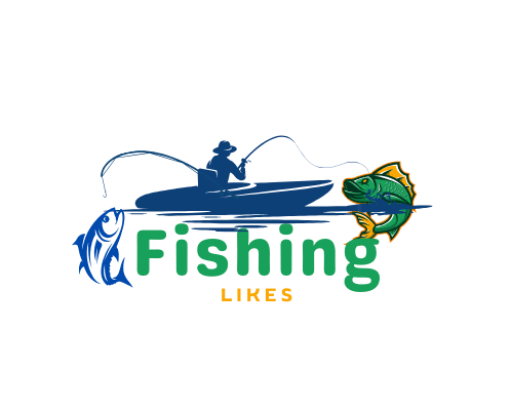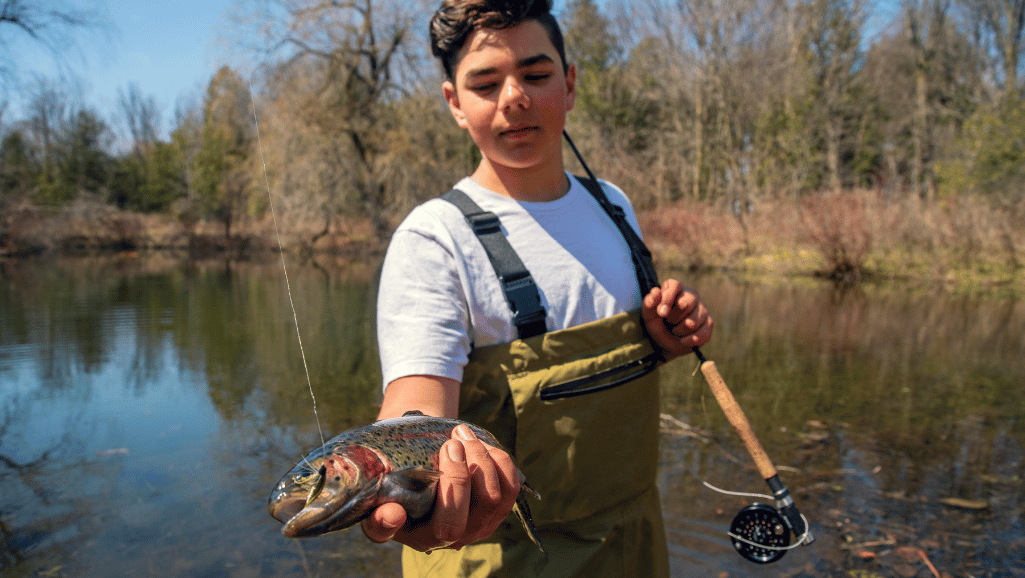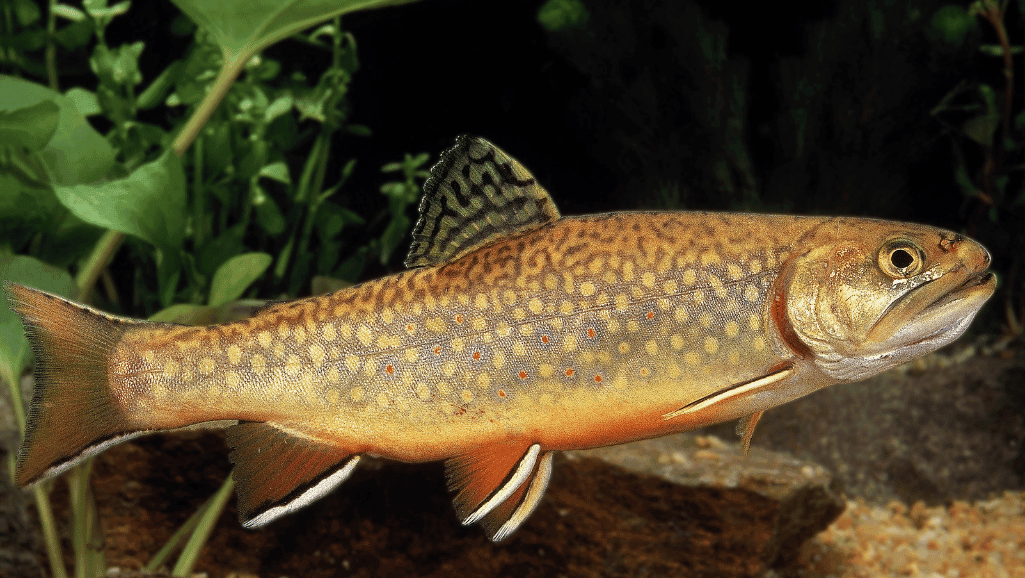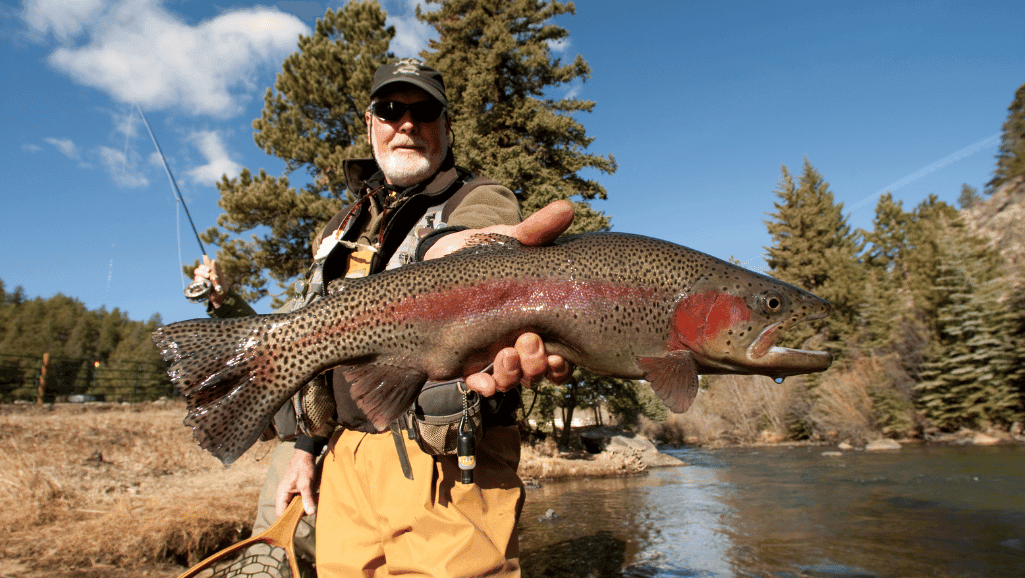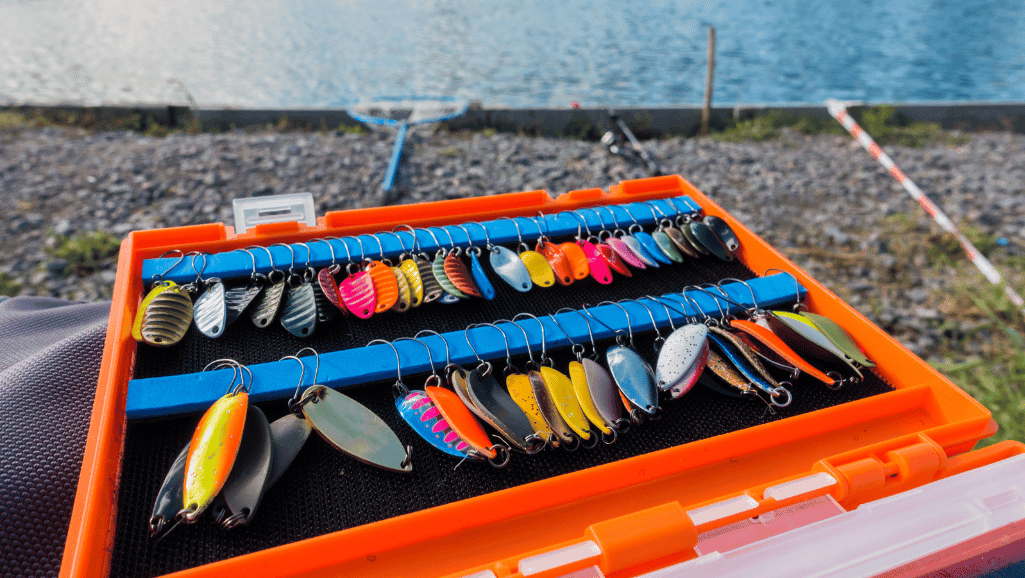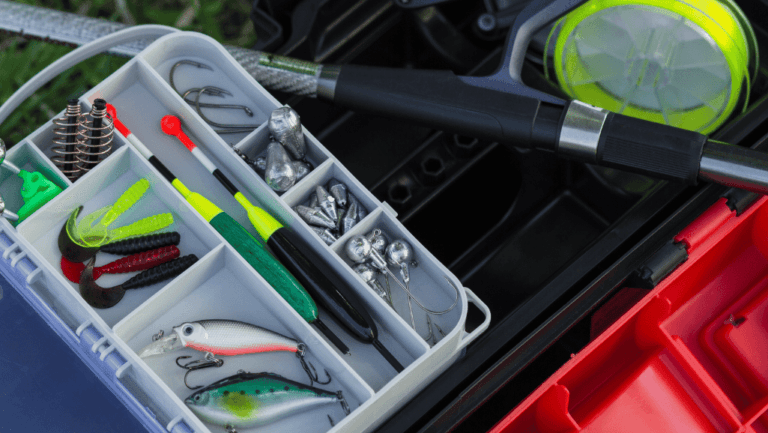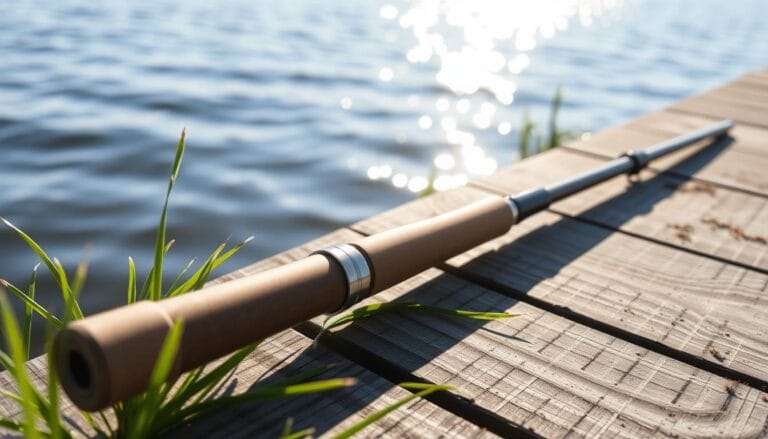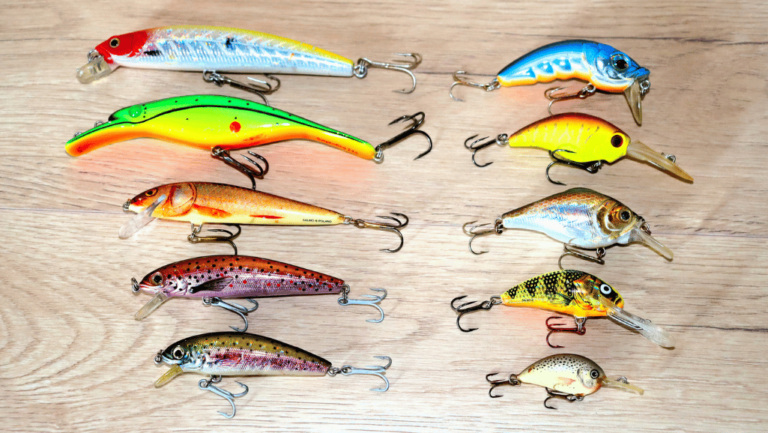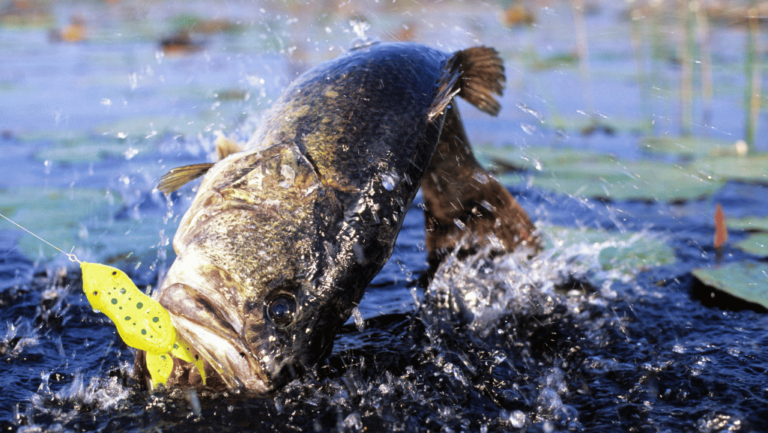Enhancing your trout fishing game means mastering the trout magnet setup. This setup mirrors what trout naturally eat, upping your catch odds. Novices and pros alike can benefit from learning the fine points of this rig.
The trout magnet setup is beloved for being both simple and efficient. Its lifelike design stands out to trout, making them more likely to bite. With our guide, you’ll become a master at using the trout magnet, increasing your success on the water.
Key Takeaways
- Understanding the components of a trout magnet setup is essential for successful angling.
- Trout magnets are effective because they mimic the natural prey of trout.
- Proper rigging and presentation are key to increasing catch rates.
- The trout magnet system is equally suitable for beginners and experienced anglers.
- Mastering this setup can lead to significantly higher trout catches.
Introduction to Trout Magnet Fishing
Trout magnet fishing zeroes in on trout using a smart lure. This lure looks like what trout naturally eat. Setting up your gear the right way is key. Doing this pulls in more trout, making your fishing time both fun and fruitful.
The heart of this method is the Trout Magnet lure. It looks and moves like little water bugs. This makes it hard for trout to resist. Trout can’t help but try and catch it, so your chances of hooking them increases.
The right trout magnet setup needs the lure, a special float, and specific line and rod. Anglers often pick the E-Z Trout Float. It lets you easily change the bait’s depth without needing to redo your line. This is handy in different water types.
The Trout Magnet Hammer Kit is perfect for many fishing spots. It comes with yellow and green floats plus shafts. Place your Trout Magnet just off the river bottom. This is often where trout go to feed, upping your chances of a bite.
The E-Z Trout Float is made to sense the tiniest nibbles. It’s good not just for trout but for other fish too. This ability to feel light touches helps catch more fish. This is great news for dedicated anglers.
Learning the details of trout magnet fishing brings excellent fishing times. By choosing the right gear like the Trout Magnet and E-Z Trout Float, you improve your odds. This means more fun and successful fishing trips for you.
Essential Trout Fishing Gear
Choosing the right gear is key for successful trout fishing. Everything, from rods to hooks, affects how you’ll do. So, it’s important to pick wisely.
Fishing Rods and Reels
Choosing the right fishing rods and reels is crucial for trout fishing. Opt for ultra-light rods for better feel and easy casting. Brands like St. Croix and Shakespeare make tough, high-quality choices.
When it comes to reels, choose spinning reels. They work well with ultra-light rods and offer finesse. Aim for smooth drag and anti-reverse features, Shimano and Daiwa are good options.
Fishing Lines
Your choice of fishing line matters a lot. Go for light lines, around 2-6 lbs, for a natural look. Fluorocarbon lines are great because they’re hard to spot underwater and are very sensitive.
Hooks and Jigs
Picking the right hooks and jigs is also vital for trout fishing. Use sizes 8-12, which are small and fit well with your fishing style. Colorful jigs with soft plastic are a good choice, they draw in trout well.
| Component | Recommended Options |
|---|---|
| Fishing Rods | St. Croix, Shakespeare |
| Fishing Reels | Shimano, Daiwa |
| Fishing Lines | Fluorocarbon, 2-6 lb range |
| Hooks and Jigs | Sizes 8-12, colorful heads |
Choosing the Best Trout Bait
Finding the right trout bait is key to catching more fish. Live and artificial baits both have their perks. By knowing when to use each, you can up your fishing game.
Live Bait Options
Live bait is super effective for trout. It’s all about that natural look and smell. Things like worms, nightcrawlers, minnows, and insects work like a charm. They make trout want to bite.
They look and move like the trout’s regular food. So, fish see them and think, “That’s something I should eat.” It strikes their hunting instincts.
- Pros: Highly effective, natural movement, strong scent.
- Cons: Requires proper storage, bait can die easily, limited time of effectiveness.
Artificial Bait Options
Then there’s artificial bait. It’s versatile with products like PowerBait, spinners, and soft plastics. They come in all sorts of colors and mimic wounded prey.
This makes them irresistible to the trout. Plus, these baits last a long time and need less care than live ones. They can be used again and again.
- Pros: Durable, reusable, variety of colors and shapes.
- Cons: May lack natural scent, can be less effective in heavily pressured waters.
| Bait Type | Example | Pros | Cons |
|---|---|---|---|
| Live Bait | Worms | High effectiveness, natural movement | Storage needed, limited lifespan |
| Artificial Bait | PowerBait | Durable, customizable | May lack natural scent |
Understanding the Trout Magnet Setup
The trout magnet setup is a detailed fishing method for catching trout effectively. It was created in 1997 by Jeff Smith and Todd Gainer. They designed the Leland Trout Magnet with a special ribbed, springy body. This lure is tiny, about 1 1/8 inches long and 3/16 inches wide. It comes in over 41 colors to fit different water types and trout habits.
For the best trout fishing, use a light spinning rod and reel setup. Put a 2-pound line on your reel and then a 2 to 4-pound leader. This choice is both sensitive and tough, perfect for catching trout with magnets. Adding E-Z Trout Floats to your rig helps you see and feel when trout bite. However, flies or when you cast far (tight-line nymphing) might not let you use a float easily.
Setting up your trout magnet the right way is key to its success. Make sure the bait is straight and sits well in the water. Anglers using the Bait Finesse System should hold their rod up high and use thin, strong line on their reel. This setup lets them feel the fish bite better and hook them easier.
Some reels, like the Dark Wolf Ultra and Black Knight II, work well with these small lures. They help cast these light baits far. While fishing with floats helps in some ways, like controlling depth and spotting strikes, you should always adjust your approach to the day’s fishing. By following these fishing tips for trout, you could up your catch game.
Step-by-Step Guide for Setting Up Your Trout Magnet
Setting up your trout magnet is easy by following these clear steps. A good *reel setup* and threading make sure everything works together smoothly. This leads to a great fishing trip.
Assembling the Rod and Reel
The first job is setting up the rod and reel for your *trout magnet*. Choose a light rod for feel and flexibility. This helps notice when a trout bites softly. Make sure your reel matches your rod and fits the fishing spot well.
- Secure the reel onto the rod by aligning the foot of the reel with the reel seat.
- Tighten the reel seat to lock the reel in place.
Choosing the Right Line
Picking the right fishing line is key for your *trout magnet setup*. Use a fluorocarbon line since it’s hard for trout to see and feels natural. The line should be between 2-6 pounds depending on trout size and where you’re fishing.
- Select a fluorocarbon line for its superior invisibility.
- Choose a line weight between 2-6 pounds for versatility.
- Thread the line through the rod guides, starting from the tip and working your way down.
Threading the Jig
Threading your trout jigs well helps them look like real food for trout. A properly threaded jig can attract more fish. Here’s how to do it:
- Take a trout magnet jig and insert the hook into the middle of the jig head.
- Push the hook through the length of the jig, exiting near the tail end.
- Ensure the jig hangs straight to imitate the natural movement of prey in the water.
With these steps, you’ve learned about *assembling rods for trout*, *reel setup*, *choosing fishing lines*, and *threading trout jigs*. This knowledge will set you on the path to becoming a successful angler with your *trout magnet setup*.
Effective Techniques for Jigging with a Trout Magnet
Getting the hang of the best trout jigging techniques can up your game in catching fish with the Trout Magnet. We’ll cover how to jig both up and down and side to side. This gives you a game plan to pull in more trout like a pro.
Vertical Jigging
Vertical jigging for trout is key when fish are deeper down. Drop your Trout Magnet setup straight down. Then, add tiny moves to make it seem like real food. Let’s break down the steps for top-notch vertical jigging:
- Lower your rod tip to let the bait fall naturally.
- Move it with soft, regular lifts that look like real prey’s moves.
- Keep just off the bottom to show it the way a Trout Magnet likes.
| Vertical Jigging Tips | Key Points |
|---|---|
| Sensitivity | Wield a rod such as Leland’s TCB for great control. |
| Bait Line | Up your game with 2-pound test line. |
| Movements | Stick to light, smooth jigging actions. |
Horizontal Jigging
If you want to pin down more space, horizontal jigging methods are perfect. It’s all about throwing the Trout Magnet out and pulling it back just right. This helps you touch more water and lure in hungry trout. Here is how to win at horizontal jigging:
- Fling the bait where you want it to go and let it fall.
- Reel back slowly at times, pausing now and then to tempt fish.
- Move the rod in small, random ways to seem fun and exciting to fish.
The best gear can turbo-charge both types of jigging. For example, the Leland’s TCB ultralight rod from B’n’M is excellent. It mixes super sensitivity with muscle. This makes it a winner for trout jigging techniques.
Top Trout Fishing Tips for Beginners
Starting out with trout fishing can be a mix of excitement and uncertainty. It’s key for newbies to grasp the basics like where to fish, when to fish, and what the water is like. By learning these fundamental fishing tips for trout, you can start off strong.
Location and Timing
Finding the best trout fishing locations is critical for newbies. Cold, clear streams and lakes rich in oxygen are ideal trout spots. Trout are picky about their surroundings, making early morning or late evening the best times to fish. This is when the air is cooler. Remember, in summer, fish deeper waters to find cooler spots. In spring and fall, the cooler air makes for better fishing.
Reading Water Conditions
Knowing what trout like in the water is a must. They prefer clear, oxygen-rich water at 50-60°F, but can be in water from 35-75°F. They’re also wary in clear water. Yet, in muddy water, you might find success using brighter bait, like white or pink. Looking at how the water flows helps too. Slow pools could hide feeding trout, while fast stretches show where the water has more oxygen.
| Time of Day | Optimal Fishing Times |
|---|---|
| Early Morning | 6:00 AM – 9:00 AM |
| Late Evening | 6:00 PM – 9:00 PM |
By focusing on these tips, new anglers can quickly improve. Whether they’re after brown, brook, or rainbow trout, knowing the best spots and water cues can make a big difference.
Advanced Techniques for Experienced Anglers
For those serious about fishing, getting better at catching trout is a big step. There’s more to it than just setting up your gear. You need to know how to change your fishing for different situations to catch more.
When trout are smart, it helps to change how you fish. Little things like moving your bait differently can make a lot of fish interested. People who fish a lot often try different ways of moving their bait to act like real food. This gets the trout to come closer.
To be even more ready, sometimes you might need a more delicate fishing rod. Also, in tricky spots where the water is dark or with lots of plants, picking the right bait can be the key. With some extra thought, you can do better in all kinds of places to fish.
And for those wanting to try something new, why not add scents or mix up the bait you use? These cool ideas can help you catch bigger trout. Plus, fishing becomes even more fun and interesting when you change things up this way.
Choosing the Right Trout Fishing Accessories
Trout fishing success needs skill and the right gear. It’s key to have the best trout fishing accessories. This makes your time fishing better and fun.
Landing Nets
Choosing a landing net means looking at what it’s made of and how it works. A top-notch net gets the trout safely and helps you land it well. Nets with rubber or silicone mesh are good. They’re soft on fish and stop them from getting stuck.
- Material: Rubber or silicone is ideal for fish safety.
- Handle Length: Adjust to your fishing environment; telescopic handles offer flexibility.
- Net Depth: Deeper nets secure larger fish effectively.
Tackle Boxes
Keeping your tackle box neat is crucial for fishing. It saves time and ensures you have what you need. Include the tackle box essentials for trout. This will make your setup better.
| Item | Purpose |
|---|---|
| Hooks | Varying sizes to match trout bait and conditions. |
| Jigs | Different weights for various water depths. |
| Line | High-quality, low-visibility lines to avoid spooking trout. |
| Scissors | For cutting lines and other adjustments. |
| Bobbers | Helpful for maintaining bait at the desired depth. |
Picking the best trout fishing accessories such as nets and tackle is key. Go for nets that get the job done but are gentle. And make sure your tackle box is fully stocked. This prepares you for a great fishing adventure.
Eliminated according to instructions.
To improve your trout fishing trips, you must understand key techniques. One includes using trout magnets correctly. Anglers who focus on getting their setup just right usually catch more fish. Choosing the best trout magnets helps you lure even the trickiest trout.
Various strategies can make your fishing better. It’s essential to position your line correctly and use the right hooking techniques. A good tactic is to reel in at a constant speed. This makes your bait move like natural prey, attracting trout. With these tips, you can fish more successfully.
Using different jigging methods is also vital. This could mean moving your bait up and down in deep spots, or side to side in wider areas, depending on the situation. Making your bait look natural is key to snagging more fish.
Furthermore, having the right gear can make you a better angler. A neat tackle box and items like landing nets can help you avoid mistakes and be ready for anything.
By combining these methods and tools, you create a complete approach to trout fishing. This focus sets you up for a gratifying fishing adventure.
| Technique | Description | Advantages |
|---|---|---|
| Vertical Jigging | Using up-and-down movements in deeper waters | Effective in locating trout in lower water columns |
| Horizontal Jigging | Casting and retrieving the jig horizontally | Covers more area, ideal for active trout |
| Proper Line Positioning | Aligning the line to ensure natural bait movement | Increases chances of attracting trout |
Common Mistakes to Avoid When Using a Trout Magnet
Many anglers, both new and old, often slip up when using a trout magnet. One big mistake is setting it up wrong. It’s crucial to rig the magnet properly to catch more fish. A bad setup can lower your chances of catching any, so you must follow the right way to rig it.
Another mistake is not using the right fishing technique. Knowing the best way to maneuver your magnet is key. Whether you’re fishing up and down in the water or side to side, the right method helps a lot. You should also change how you fish based on the day’s conditions to avoid mistakes.
Using the wrong fishing gear is also a mistake. Your rod, reel, and fishing line should match your magnet. For example, choosing a lightweight rod increases your magnet’s draw. This means the fish find it more appealing.
- Inadequate Rigging: Setting up your trout magnet wrong can make it less effective, leading to fewer catches.
- Improper Technique: Knowing the best way to jig the magnet, and adjusting it to the day, affects how many fish you catch.
- Subpar Equipment Choices: Make sure your fishing gear matches well with the magnet to get the most from it.
Remember these mistakes and the right trout magnet advice. Avoiding these errors will help you catch more fish. This way, you’ll have better fishing trips.
Conclusion
We’ve covered a lot in this guide, looking at how to set up a trout magnet. We started from scratch and talked you through picking the right gear, bait, and how to use them effectively. By learning how to set up your rig and jig properly, you’re on the path to being a better angler.
Remember the important tips and mistakes to avoid when you go fishing. These apply to newbies and experts alike. Knowing how to choose your equipment and bait can really up your fishing game. This means you’re more likely to have a great catch.
When you’re out fishing, keep trying new things and learning. Get used to adapting to different situations. The more you practice and refine your skills, the more fun and success you’ll have. So, good luck with your trout fishing. Happy fishing!
